Obviously you know what a cobweb is (AKA things I constantly have on my car’s wing mirrors – how do the spiders stay in there?) But have you ever wondered where the ‘cob’ bit came from? Somewhat disappointingly, ‘cob’ is just an olde-worlde (Middle-English if you want actual facts) word for ‘spider’. It comes from the Old English word for spider which was atorcoppe – ‘ator’ meaning ‘poison’ and ‘coppe’ meaning ‘head’ – apparently those Old English types thought spiders were poisonous which, as far as I can work out, they never have been in the UK.
From ‘atorcoppe’ we got ‘coppeweb’ and then ‘cobweb’. While we’ve stopped calling spiders themselves ‘cobs’ (although J.R.R. Tolkien used it and ‘attorcoppe’ in The Hobbit in 1937), we’ve kept it when talking about their homes – although it might be something that dies out soon as the more pedestrian ‘spider’s web’ becomes more common.
Oh, and an old (from the 1670s) Norfolk term for a misty morning was a ‘cobweb-morning’. Nice, right?
Okay, spider facts. The biggest species of spider in the world is the Goliath birdeater. Despite its name, it very rarely preys on birds (thank god), preferring insects, worms and amphibians. It’s part of the tarantula family and can have a legspan up to 30 cm, a body length of up to 13 cm and weigh up to 175g. Yikes. The good news is that unless you’re in northern South America, you’re unlikely to come across a Goliath birdeater in your day-to-day doings. If you are there, you might also find one on a menu – they’re edible spiders and apparently taste like ‘shrimp’. Think I’ll pass, thanks.
(If you’re feeling brave, do a Google image search for ‘largest spider crab’. If the results don’t give you a little shiver then you’re a better person than me.)



